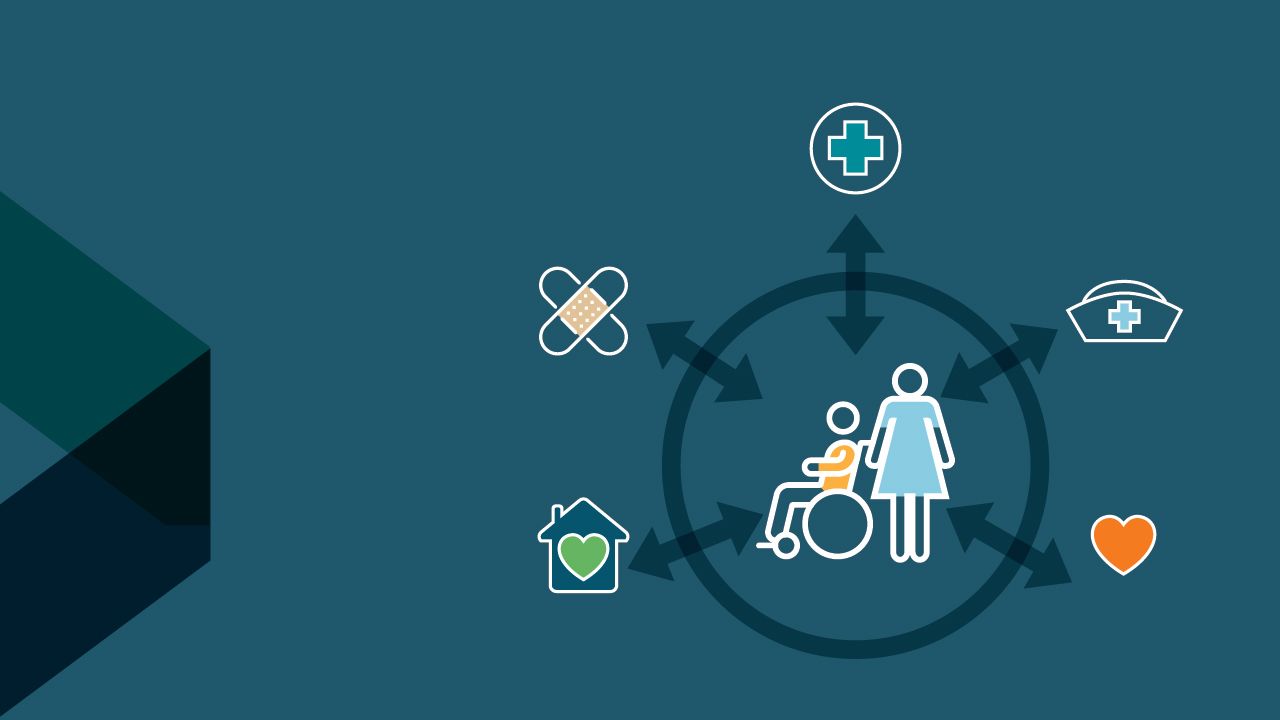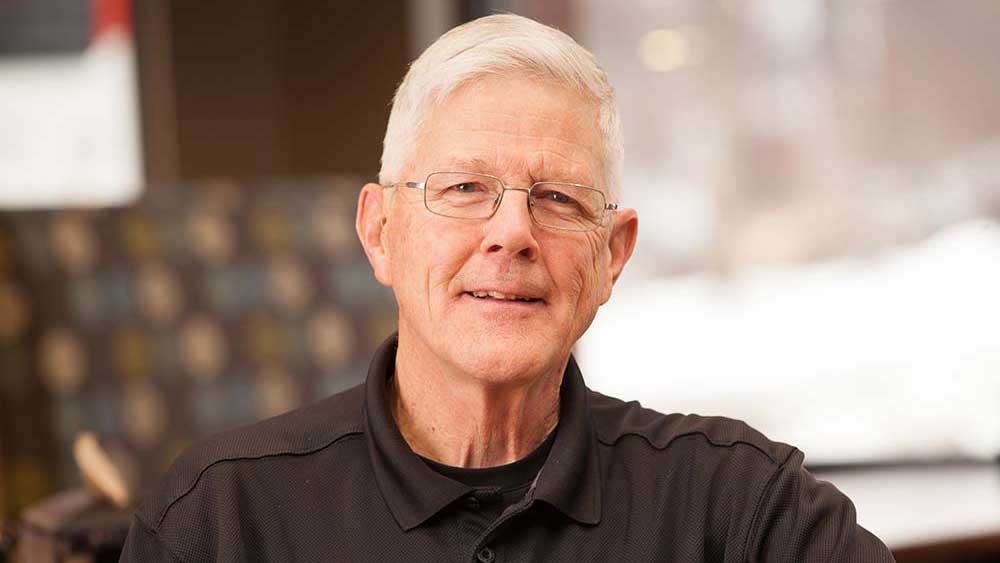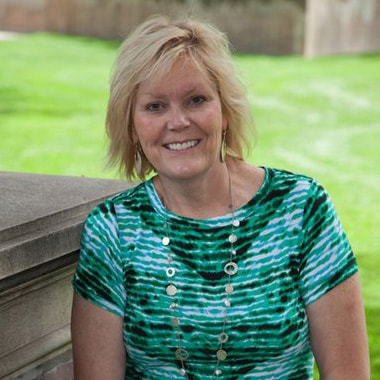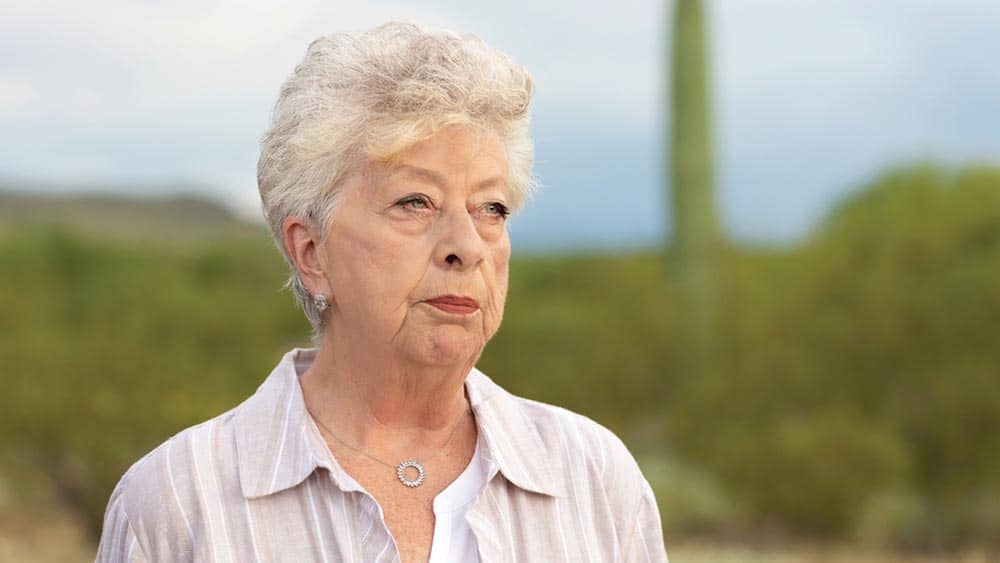

RightTransitions® Assists Patients Returning Home
For patients who are discharged from a hospital or care facility, having a trained caregiver at home can mean the difference between staying at home and being readmitted. A mix-up in medications, little food in the fridge and lagging energy to bathe and dress are among common post-discharge challenges for patients. Lack of transitional care or care provided in the home by untrained caregivers can lead to medical complications, readmission to the hospital and even death.
Roughly one in six Medicare patients who leave a U.S. hospital will be readmitted within 30 days.1 Hospitals and other healthcare facilities risk heavy penalties from Medicare if they have a high percentage of avoidable readmissions too soon after discharge. The Center for Health Information and Analysis estimates that the annual Medicare cost of hospital readmissions is $26 billion, and $17 billion is considered avoidable.2
While many individuals do remarkably well transitioning home after a surgery, illness, injury or other medical condition, elderly people often struggle to navigate the activities of daily living. Katherine Watts, LMSW, ACM-SW, Director of Medical Social Services at Lexington Medical Center in West Columbia, South Carolina, finds that “one of the greatest challenges with care transition is helping patients understand their discharge plan, then helping them transition back into the home safely where they feel comfortable taking ownership of their care.”
Watts oversees medical social work services for the acute-care hospital and the hospital district’s emergency departments, inpatient services, urgent cares and satellite centers, as well as a network of nearly 80 physician practices. She said that another challenge with care transition is “when a patient is taking a dozen or more medications. Then we add three or four medications to the list, and then discharge them. How are we expecting patients to be able to manage that on their own?”
Successes With Returning Home
To step in and directly help patients make a healthy, smooth transition to their home again, Watts and her team started working with home care industry leader Right at Home. In 2017, Lexington Medical Center earned a three-year, $275,000 Duke Endowment grant to provide free RightTransitions® in-home care and assistance to patients leaving the hospital.
The RightTransitions nonmedical care services include everything from grocery shopping and healthy meal preparation to hygiene care and transportation. After partnering with Right at Home, the Lexington medical system experienced phenomenal success in transitioning patients back home. Among orthopedic patients, Watts saw the number of patients going to a rehab facility after hospitalization reduced from 16% to 4% as a result of the RightTransitions program. RightTransitions also helped cut the hospital’s overall readmission rate in half — from 33% to 17%.
Watts works closely with Mike Brown, Vice President of Operations for the local Right at Home in West Columbia. Together, they built a care transitions program that addresses some of the most vulnerable patients with complex needs and focuses on each patient’s comfort and emotional well-being. A transitional care coordinator helps determine which patients are eligible for nonmedical assistance in their home.
“The patients referred to this program have some of the most complicated disease conditions, as well as complicated social situations,” Watts adds. “Having continual communication with someone who is in the house is a game changer.”
RightTransitions provides a professional caregiver in the home who acts as the eyes and ears for the entire interdisciplinary care team that consists of the hospital, home health agencies and other care professionals. This care team holds weekly face-to-face meetings to improve communication and coordinate patient care.
When a patient moves from one facility to another, including a transfer home, it can be difficult to coordinate information about the patient’s treatment. But the RightTransitions program can help ensure all stakeholders are kept up to date on the patient’s care — the goal being to keep the patient at home and out of the hospital. The services of the RightTransitions customizable care model can include:
- Conducting frequent follow-ups with families and discharge planners.
- Helping the patient comply with the care plan prescribed by the healthcare providers.
- Coordinating communication between providers.
- Watching for red flags – reporting concerns to the clinician.
- Providing transportation to/from medical appointments.
- Supporting patient self-management.
- Preparing nutritious meals.
- Running errands.
- Managing everyday health reminders.
- Keeping the home clean and safe.
Malnutrition Drives Up Readmissions
Kelly Tappenden, Ph.D., R.D., who is a professor and the head of the Department of Kinesiology and Nutrition at the University of Illinois at Chicago, joins Watts in stressing the need for supervised post-discharge care. Tappenden works primarily on dietary requirements for malnourished patients and finds that poor nutrition is a significant barrier to regaining health both in the hospital and at home.
“One-third to one-half of individuals in our U.S. hospitals are malnourished,” Tappenden explains. “When an individual is malnourished during their hospital stay, there is such a big difference in outcomes associated with clinical complications, length of stay, readmissions and even mortality.”
Tappenden notes that unintentional weight loss after patients return home from the hospital drives up patient readmission rates 26%. “We need to make sure that the patient and the family are well educated regarding the importance of nutrition,” Tappenden said. “We also need to make sure that the care isn’t stopping when the individual leaves the hospital and goes into the next phase of care.”
To help patients improve their nutrition, Tappenden advises that health case managers screen every patient “for malnutrition, regardless of physical appearance, and ensure that the nutrition care plan is incorporated into the discharge plan and not just somewhere in the electronic medical records.”
Tappenden lists a number of reasons why recovering patients, particularly older adults, lack adequate daily nutrition:
- Loss of appetite from illness or medications.
- Teeth or bite problems, or poor-fitting dentures.
- Inability to open food containers.
- Dietary restrictions that lead to a disinterest in eating.
- Inability to hold eating utensils.
- Limited finances to purchase nutritious foods.
- Lack of transportation or mobility to shop for groceries.
What is care transitions?
Posted by Right at Home on Thursday, October 17, 2019
1 Healthcare Cost and Utilization Project. Characteristics of 30-Day All-Cause Hospital Readmissions 2010-2016. Retrieved from
https://www.hcup-us.ahrq.gov/reports/statbriefs/sb248-Hospital-Readmissions-2010-2016.jsp
2 Center for Health Information and Analysis. Performance of the Massachusetts Health Care System Series: A Focus on Provider Quality, P. 8. Retrieved from http://www.chiamass.gov/assets/Uploads/A-Focus-on-Provider-Quality-Jan-2015.pdf
Latest Resources for Seniors
Featured article








